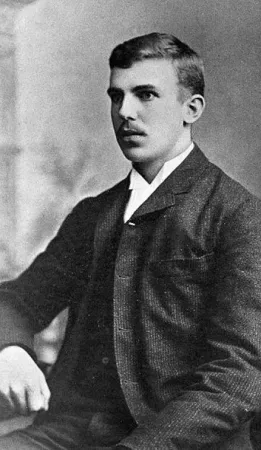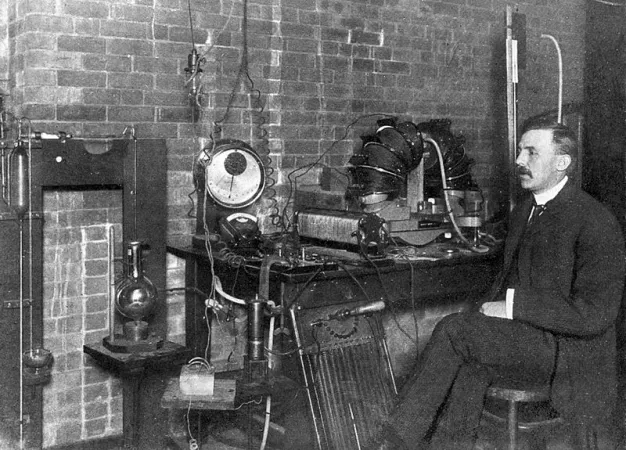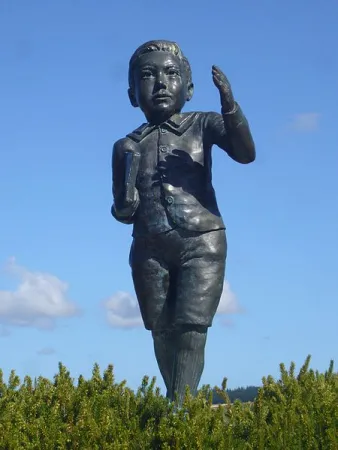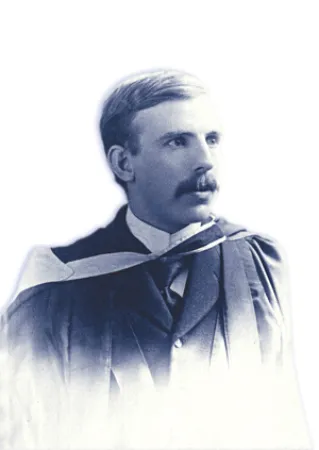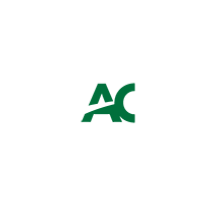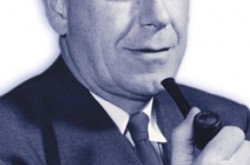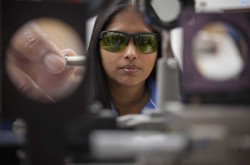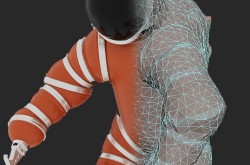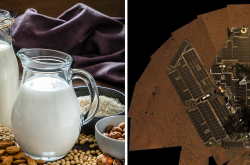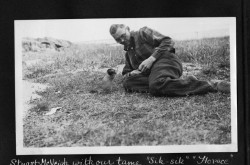Ernest Rutherford, a champion in Canadian physics
This article was originally written and submitted as part of a Canada 150 Project, the Innovation Storybook, to crowdsource stories of Canadian innovation with partners across Canada. The content has since been migrated to Ingenium’s Channel, a digital hub featuring curated content related to science, technology and innovation.
Molly Gatt
Algonquin College Journalism Program
Ernest Rutherford, the father of nuclear physics, came to work as a professor at McGill University when he was 27 years old. He was recognized for investigating the disintegration of elements as well as the chemistry of radioactive substances, winning the Nobel Prize in chemistry in 1908. He was the first person to win the award for work completed in Canada. However, Rutherford’s greatest achievement as a physicist did not come until two years later, with his discovery of the atomic nucleus.
Rutherford was born just outside of Nelson, New Zealand in 1871. He excelled in both sports and academics growing up, but was fascinated by science as early as 10 years old. He enjoyed recreating experiments he’d read about in science books.
Rutherford received three degrees from Canterbury College, now called the University of Canterbury. Shortly after, he achieved a scholarship to study in England under the award-winning physicist J. J. Thomson. Under Thomson’s guidance Rutherford improved the radio receiver he’d invented back in New Zealand to detect radio waves up to half a mile. Thomson was very impressed by Rutherford’s passion for research and recommended him for a chair in the physics department at McGill.
During his career, Rutherford discovered alpha and beta particles, nuclear half lives, the proton and was the first person to deliberately turn one element into another. He died in 1937, and was inducted into the Canadian Science and Engineering Hall of Fame in 2007.



